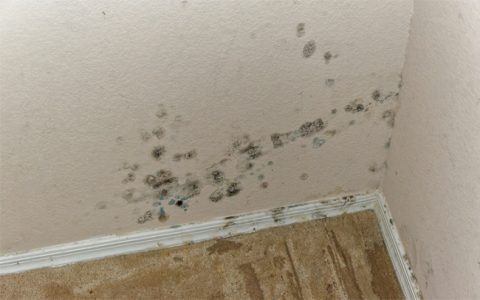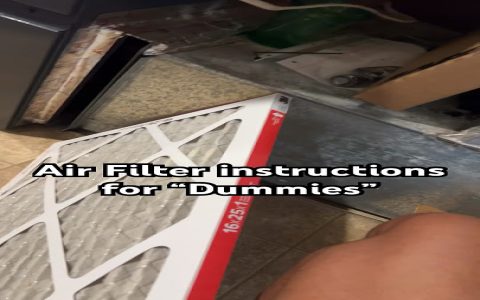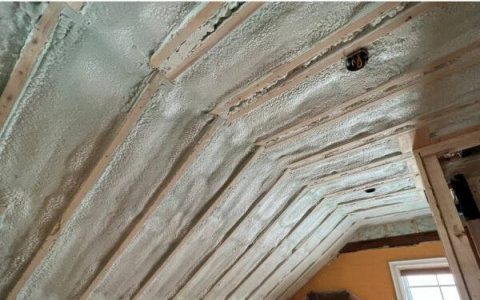Identifying water damage beneath your flooring early can prevent extensive repairs and structural issues. Look for these key indicators:
Visual Indicators
- Discoloration or Stains: Dark spots, yellowish rings, or faded areas on flooring materials (wood, laminate, vinyl, carpet). Stains may also appear on baseboards or the bottom of walls.
- Warping or Buckling: Hardwood or laminate planks may cup (edges are higher than the center), crown (center is higher than the edges), or buckle (lift completely from the subfloor). Vinyl or linoleum may bubble or peel.
- Mold or Mildew Growth: Visible fuzzy or slimy patches, often black, green, or white, on the floor surface, along baseboards, or in grout lines. Mold can also grow on the underside of flooring.
- Peeling or Blistering Paint/Wallpaper: Moisture wicking up from the floor can cause paint or wallpaper on nearby walls to bubble, peel, or crack.
- Efflorescence: A white, powdery substance on concrete or masonry subfloors, indicating evaporating moisture leaving behind mineral salts.
- Loose Tiles or Grout Issues: Tiles may become loose, or grout may crack, crumble, or show discoloration.
Tactile and Olfactory Clues
- Spongy or Soft Spots: The floor may feel unusually soft, spongy, or bouncy when walked upon, indicating a compromised subfloor.
- Dampness or Moisture: The floor surface or carpet may feel damp or wet to the touch, even if no visible water is present.
- Musty or Earthy Odors: A persistent damp, musty, or moldy smell is a strong indicator of hidden moisture and potential mold growth under the floor.
Structural Changes
- Separation of Floorboards: Gaps may appear or widen between hardwood planks as they absorb moisture and then dry unevenly.
- Sagging Floor: In more severe cases, the floor itself may begin to sag or feel uneven, indicating significant subfloor damage.
- Baseboards Detaching: Swelling subfloors or joists can push baseboards away from the wall.
If you notice any of these signs, it's crucial to investigate the source of the moisture and address the damage promptly to prevent further deterioration and potential health hazards associated with mold.










